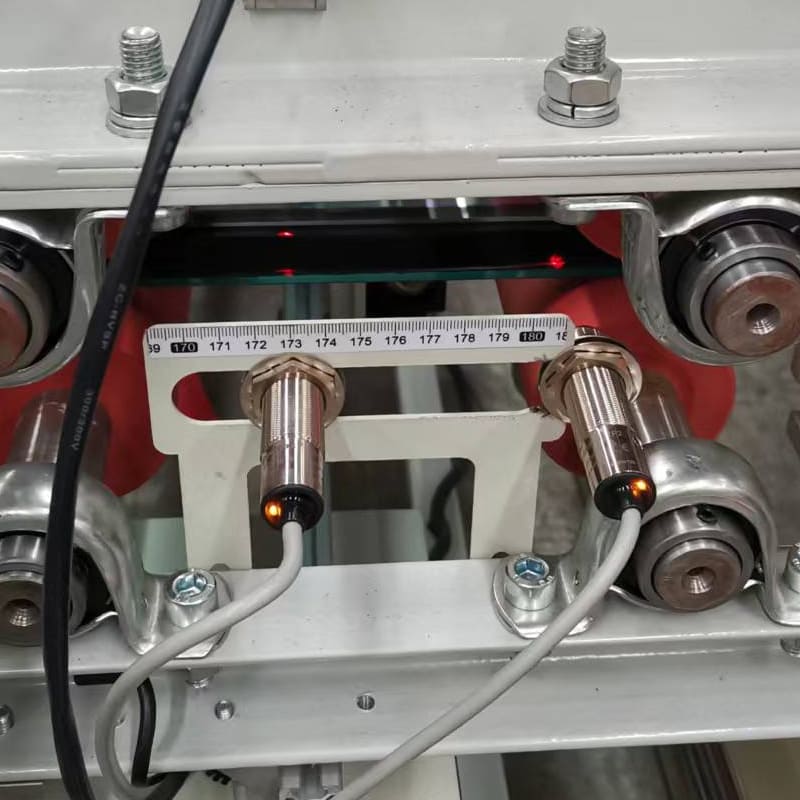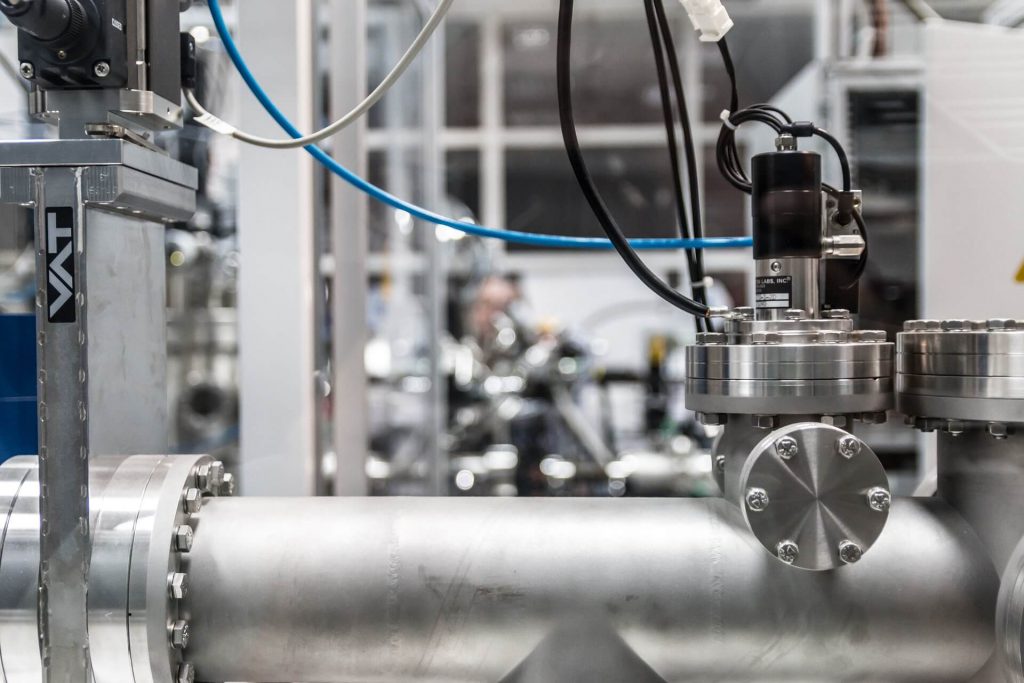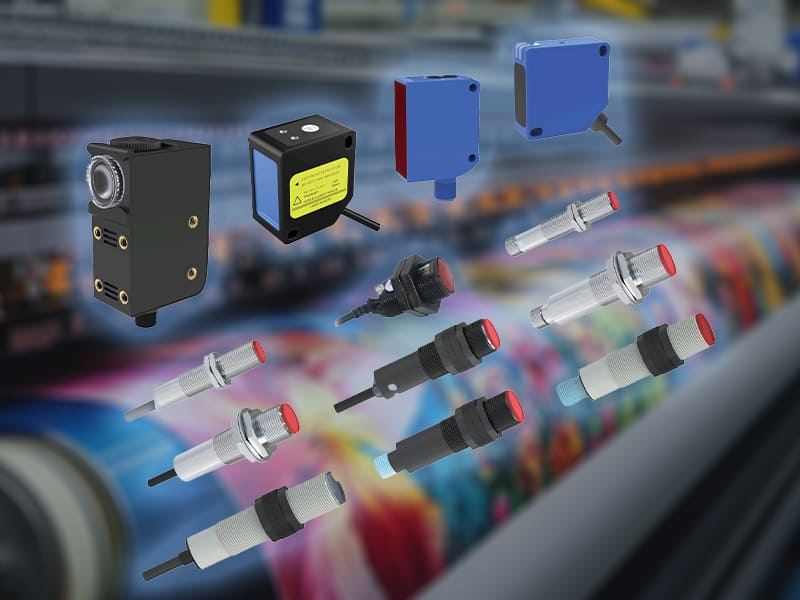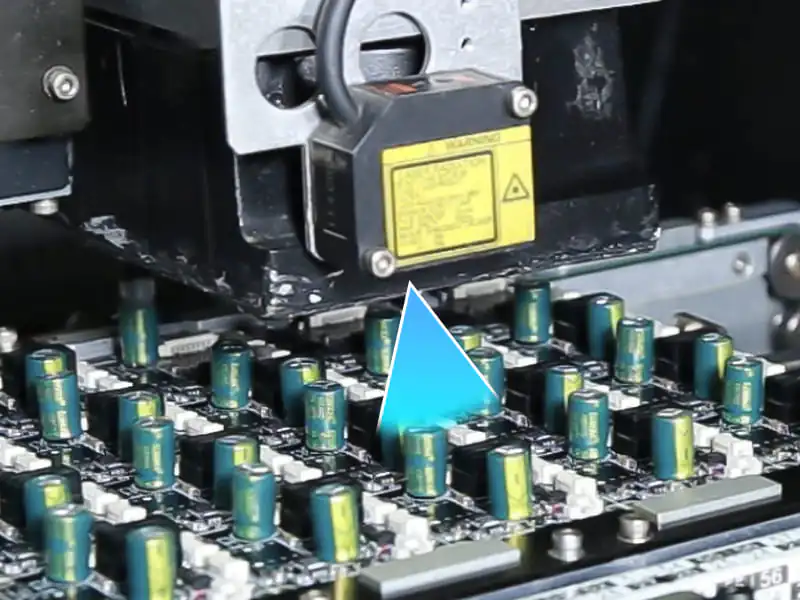Optimizing the Sensing Range for Capacitive Proximity Sensors

In the realms of automation and smart manufacturing, sensors serve as the indispensable “eyes” and “ears,” enabling machines to perceive changes in their environment and respond accordingly. Among these sensors, the capacitive proximity sensor stands out for its high sensitivity and non-contact detection capabilities, playing a crucial role in various industrial applications. But what exactly is a capacitive proximity sensor, and how is its sensing range defined?
The Working Principle of Capacitive Proximity Sensors
Capacitive proximity sensors operate based on the principle of capacitance change. When a conductive object approaches the sensor’s detection surface, a capacitance is formed between the object and the sensor. This change in capacitance is detected by the sensor, which then triggers a switch action, allowing the sensor to detect the presence of an object without any physical contact. This non-contact nature makes capacitive sensors highly versatile and reliable in a wide range of applications.
Factors Determining the Sensing Range
The sensing range for capacitive proximity sensor switches is a critical parameter, as it defines the maximum distance at which the sensor can effectively detect an object. This range is influenced by several key factors:
- Sensor Size and Design: The physical dimensions of the sensor have a direct impact on its sensing range. Generally, a larger sensor size correlates with a longer sensing range. Additionally, design optimizations, such as the shape and material of the sensing surface, can further enhance the detection distance.
- Material and Shape of the Target Object: The material composition of the object being detected significantly affects the sensing range. Objects with higher conductivity, such as metals, will typically be detected at greater distances. The shape and size of the object also influence the distribution of the electric field, thereby impacting the sensing range.
- Environmental Factors: External conditions like temperature, humidity, and electromagnetic interference can all affect the sensor’s performance. For instance, high humidity environments may reduce the sensing range, as the presence of moisture can alter the dielectric properties of the surrounding air.
- Power Supply and Circuit Design: The power supply voltage and the internal circuit design of the sensor are also crucial in determining its sensing range. Advanced circuit designs can improve the sensor’s sensitivity and stability, allowing for more precise and reliable detection.
Measuring and Applying the Sensing Range
In practical applications, determining the sensing range for capacitive proximity sensor switches typically requires a combination of experimentation and testing. While manufacturers often provide an estimated sensing range, users must adjust and optimize the sensor’s settings based on the specific working environment and the characteristics of the target object.
Capacitive proximity sensors are widely used in various industrial settings, including material handling, packaging, and assembly lines. They are capable of detecting both metallic and non-metallic objects, and even liquids and powdered substances, making their range of applications extremely broad.
The sensing range for capacitive proximity sensor switches is a complex characteristic influenced by a multitude of factors. Understanding these factors is crucial for selecting and using sensors effectively in a variety of challenging and dynamic application scenarios. As technology continues to advance, we can anticipate that future capacitive sensors will feature extended sensing ranges, higher sensitivity, and greater adaptability to environmental conditions, further driving innovation and convenience in the fields of automation and smart manufacturing.
By gaining a deep understanding of the factors that influence the sensing range for capacitive proximity sensor switches, engineers and technicians can better tailor sensor solutions to meet the specific needs of their applications. This not only enhances the efficiency and reliability of automated systems but also contributes to the overall advancement of smart manufacturing technologies.
In the coming years, as these sensors become more sophisticated, their ability to detect a wider range of materials and operate in increasingly challenging environments will make them even more integral to industrial automation systems. The continued evolution of capacitive proximity sensors will undoubtedly unlock new possibilities, paving the way for more efficient, intelligent, and responsive manufacturing processes.
Bedook offers a comprehensive range of capacitive proximity sensors tailored to meet diverse industrial needs. Whether you require standard products or highly customized solutions, our expertise and cutting-edge technology ensure that you receive the most suitable sensor for your specific application. With Bedook, you’re choosing efficiency, reliability, and precision in your industrial automation systems. Contact us today to start your custom solution journey!
Explore Bedook: Your Trusted Sensor Manufacturer
At Bedook, we specialize in designing, developing, and manufacturing a comprehensive range of proximity sensors and switches. Our extensive product lineup includes:
- Inductive Proximity Sensors
- Capacitive Proximity Sensors
- Photoelectric Sensors
- Ultrasonic Sensors
- Solid State Relays
- Various Accessories
With over 10,000 detailed product variations and a robust R&D team, we take pride in our ability to meet your unique requirements with tailored solutions and reliable performance.
Whether you’re seeking off-the-shelf products or customized designs, Bedook offers the expertise and production capacity to ensure your satisfaction.
Get in Touch Today!
We value your interest in our products and warmly encourage you to send us an inquiry. Let us help you find the perfect sensor solution for your application.
Thank you for considering Bedook—your trusted partner in innovation and quality manufacturing. We look forward to collaborating with you!






